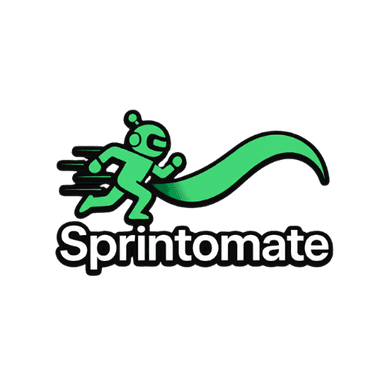RevOps Best Practices for 2025: What's Changed
The RevOps landscape has evolved significantly. Here's what you need to know to stay ahead in 2025.
Table of Contents
The Evolution of RevOps in 2025
Revenue Operations (RevOps) has transformed from a buzzword to a business imperative. In 2025, companies that don't have a solid RevOps strategy are falling behind—fast.
What's changed? The focus has shifted from basic process alignment to building a unified revenue engine powered by data, automation, and AI. Here's what that means in practice.
💡 Key Insight
Companies with mature RevOps functions consistently outperform their peers in revenue growth, operational efficiency, and customer retention. The key is treating RevOps as a strategic function, not just an operational support role.
Cross-Functional Alignment is Non-Negotiable
The days of sales, marketing, and customer success operating in silos are over. In 2025, successful RevOps teams have achieved true cross-functional alignment.
What This Looks Like:
- →Unified Data Model: All teams work from the same customer data, definitions, and metrics
- →Shared Goals: Revenue targets are distributed across the customer lifecycle, not just sales quotas
- →Integrated Tech Stack: Systems talk to each other automatically, no manual data transfers
- →Joint Planning: Marketing, sales, and CS plan campaigns and initiatives together
Data-Driven Decision Making at Scale
The shift to data-driven operations isn't new, but the bar has been raised significantly. In 2025, RevOps teams are leveraging:
- →Real-Time Dashboards: Live visibility into pipeline, conversion rates, and customer health
- →Predictive Analytics: ML models forecasting churn, expansion, and revenue trends
- →Attribution Modeling: Multi-touch attribution to understand what's actually driving revenue
- →Customer Journey Analytics: Tracking every touchpoint from first click to renewal
Automation Beyond Email Sequences
Modern RevOps automation goes far beyond scheduling email sequences. In 2025, teams are automating:
Lead Routing & Scoring
AI-powered assignment based on fit, intent, and capacity
Data Enrichment
Automatic contact and company data updates via Clay/Clearbit
Customer Handoffs
Seamless transitions from sales to CS with context transfer
Churn Prevention
Automated alerts and intervention workflows for at-risk accounts
AI Integration in RevOps Workflows
AI is no longer experimental—it's embedded in daily RevOps workflows. The most impactful applications in 2025 include:
- →Conversational Intelligence: AI analyzing sales calls for coaching opportunities and deal risks
- →Predictive Lead Scoring: ML models trained on your historical data to identify high-value leads
- →Automated Research: AI-powered account research and personalization at scale
- →Revenue Forecasting: AI-enhanced forecasting with confidence intervals
The New RevOps Metrics That Matter
Beyond traditional metrics like CAC and LTV, modern RevOps teams track:
Revenue Cycle Time
How long it takes from first touch to closed-won (and why)
Pipeline Velocity
How quickly deals move through stages, identifying bottlenecks
Net Revenue Retention (NRR)
The north star metric for SaaS companies in 2025
Time to Value (TTV)
How quickly customers realize value post-sale
Implementing These Best Practices
Ready to modernize your RevOps function? Here's where to start:
- 1.Audit Your Current State: Map out your tech stack, data flows, and team alignment
- 2.Define Your North Star: What's the one metric that best represents revenue health?
- 3.Build Your Data Foundation: Clean, unified data is the prerequisite for everything else
- 4.Start with Quick Wins: Implement high-impact, low-effort automations first
- 5.Scale Gradually: Don't try to transform everything overnight
Need Help Getting Started?
Our 7-Day Sprint is designed to help you implement these RevOps best practices quickly. We'll build custom automations tailored to your revenue process.
Learn About Our 7-Day Sprint